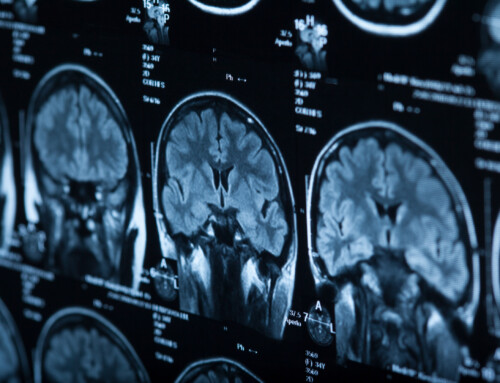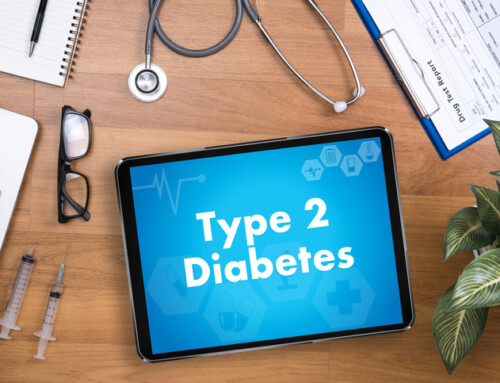by Allison Rosa, SPT
Joint hypermobility is relatively common and has a wide range of presentations. It is often referred to as being “double jointed”, and essentially means that your joints are more mobile
than what is considered to be typical. This is a condition that individuals are born with, and may or may not be hereditary depending on the type of hypermobility you have. There are a wide
spectrum of hypermobility disorders, as well as a wide range of symptoms that you may experience.
What are the different types of joint hypermobility?
The most common type of joint hypermobility is known as generalized joint hypermobility, which is characterized by having excessive range of motion in many joints throughout the body, but
does not typically present with any other symptoms. The other main types of joint hypermobility are known as joint hypermobility spectrum disorders, which are typically hereditary and
individuals present with both excessive range of motion as well as other symptoms such as chronic pain, bowel or bladder issues, fatigue, and/or slow wound healing. Specific types of joint
hypermobility spectrum disorders include Ehlers-Danlos syndrome and Marfan syndrome.
How is joint hypermobility diagnosed?
Different types of joint hypermobility can be diagnosed in different ways. Generalized joint hypermobility is most often diagnosed using the Beighton scale. The Beighton scale assesses
joint range of motion of multiple joints throughout the body, more specifically the pinky fingers, thumbs, elbows, knees, and spine. Hypermobility in each of these joints is assessed and
scored. A score of greater than 4/9 is considered positive for generalized joint hypermobility. Joint hypermobility spectrum disorders can be diagnosed via genetic testing, but are more often diagnosed by taking a medical history and assessing your signs and symptoms.
How is joint hypermobility treated?
Unfortunately, there is no cure for joint hypermobility. Symptoms can be managed in various ways, such as maintaining a special diet, wearing orthotics in your shoes, and easing joint pain
using heat such as warm baths. Symptoms tend to decrease with age as well.
How can physical therapy help with joint hypermobility?
One of the best ways that symptoms of joint hypermobility can be minimized is through strengthening activities. Those with symptoms of joint hypermobility, especially joint pain, may
be referred to physical therapy. Strengthening the muscles surrounding painful joints helps to decrease the stress that is placed on the joints, likely decreasing pain. Seeing a physical
therapist is beneficial because they can evaluate your strength deficits and prescribe you certain exercises that will help to address specific muscles at a level that is appropriate for you. They
can also use other techniques such as massage and specific modalities to address musculoskeletal symptoms you may be having.
I don’t have any symptoms but I am hypermobile. Should I be working on strengthening?
The short answer is yes! Strengthening exercises are always going to be beneficial, especially under the supervision of a physical therapist. Many individuals who participate in activities
where hypermobility is encouraged, such as dance or gymnastics, may think that strengthening is going to hinder their flexibility. In reality, a good balance of strength and flexibility will be
helpful to allow you to perform these activities for many years without pain or dysfunction.
References
1. Beighton score. Physiopedia. Accessed July 19, 2023. https://www.physio-pedia.com/Beighton_score.
2. Assessing Joint Hypermobility. The Ehlers Danlos Society. May 3, 2023. Accessed July 19, 2023. https://www.ehlers-danlos.com/assessing-joint-hypermobility/#1667832299890-fb92da86
-9c8b.
3. Hypermobile Ehlers-Danlos syndrome and hypermobility spectrum disorders. American Family Physician. April 15, 2021. Accessed July 19, 2023.
https://www.aafp.org/pubs/afp/issues/2021/0415/p481-s1.html.
4. Joint hypermobility syndrome. NHS. November 6, 2020. Accessed July 19, 2023. https://www.nhs.uk/conditions/joint-hypermobility-syndrome/.
5. Reuter PR, Fichthorn KR. Prevalence of generalized joint hypermobility, musculoskeletal injuries, and chronic musculoskeletal pain among American University Students. PeerJ. 2019;7. doi:10.7717/peerj.7625
6. Scheper MC, de Vries JE, de Vos R, Verbunt J, Nollet F, Engelbert RH. Generalized joint hypermobility in professional dancers: A sign of talent or vulnerability? Rheumatology.
2013;52(4):651-658. doi:10.1093/rheumatology/kes220






